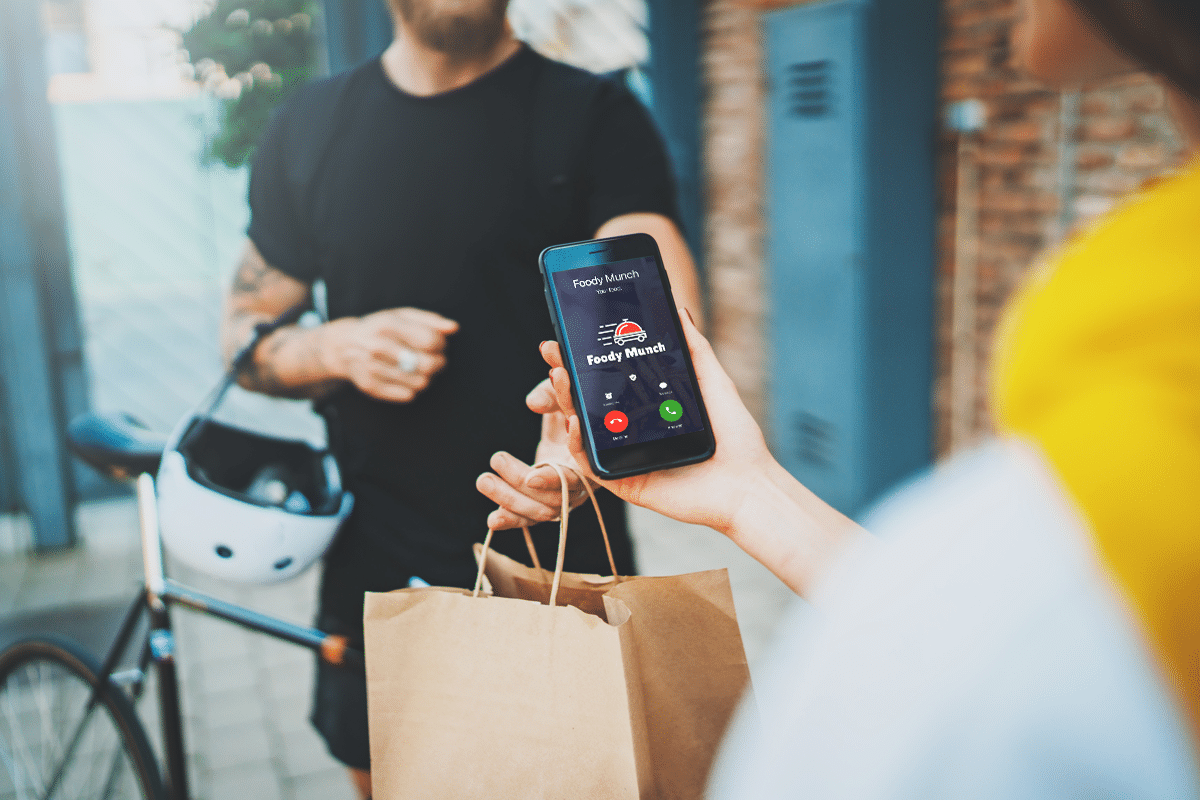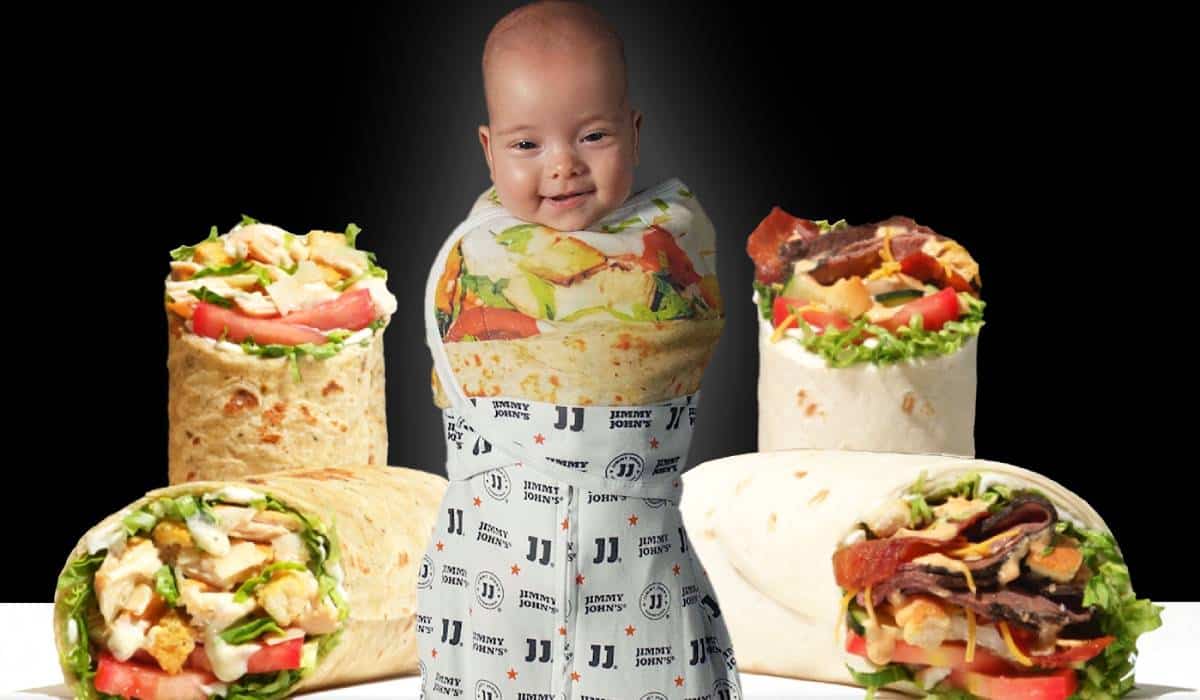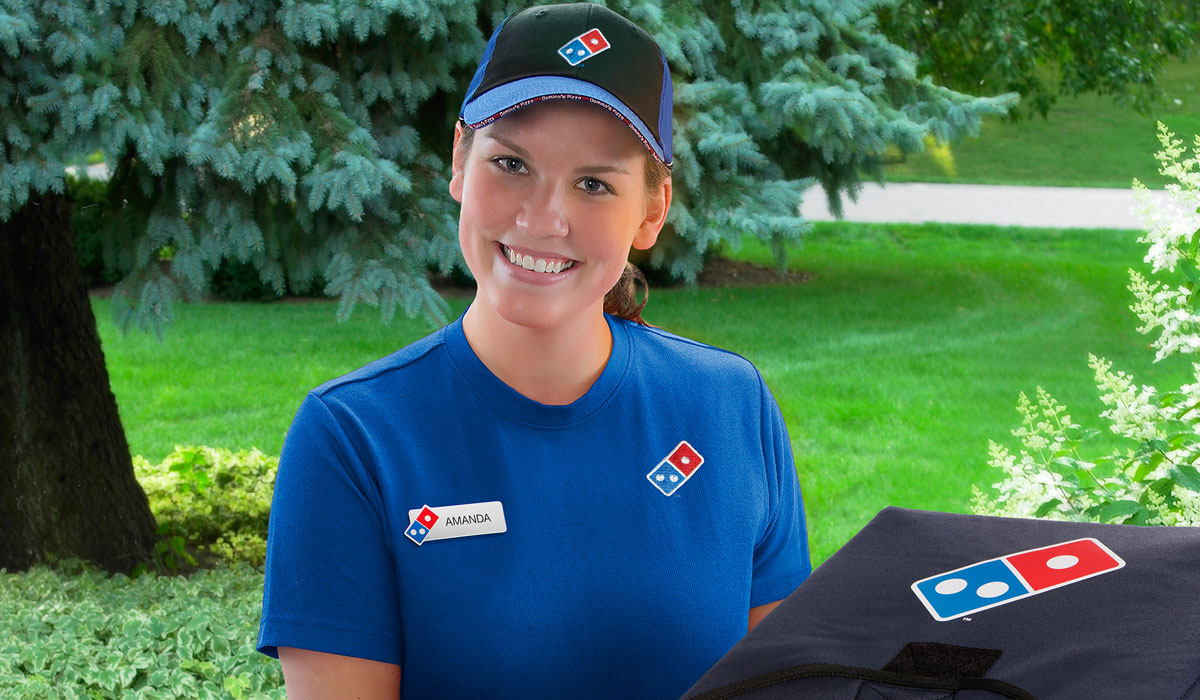Domino’s CEO Russell Weiner and his predecessor Ritch Allison knew in April that Q2 would be challenging, and much to the company’s displeasure, both were accurate in their assessment.
The labor market, particularly delivery drivers, continues to present difficulties, commodity inflation is growing above expectations (13-15 percent projected for 2022, up from 10-12 percent), and the brand is lapping sales spikes fueled by COVID and stimulus checks.
Weiner and his team believe many of the answers to the ongoing labor shortage are already within the system. Domino’s knows one of the key asks from delivery drivers is flexibility and that it’s more important than compensation in many cases, Weiner said. That includes the ability to work shorter shifts, fewer hours per week, and signing up for shifts with short lead time.
The question before Domino’s is whether it can return to fully meeting demand using its current delivery model.
“Until we’ve fully answered this question, all options will remain on the table,” Weiner said.
The CEO didn’t specify what “all options” meant, but past conversations indicate third-party delivery partnerships could potentially be in the mix if staff shortages aren’t resolved in due time. When asked directly about aggregators in April, Weiner replied with “nothing is off the table, but I have a lot of faith in the Domino’s system.” As third-party delivery providers have risen in popularity in recent years, Domino’s has shied away, a completely opposite strategy from chains like Papa Johns, which believes partners like DoorDash and Grubhub give incremental value and lighten labor pressures.
“We are a work-in-progress brand, and we are never going to be satisfied with our ability to fulfill capacity until we can fill every single order that is coming our way,” Weiner said during the company’s Q2 earnings call. “In that case, we will never be in the final three innings [of addressing challenges] as far as I’m concerned because we can always get better. Our first priority is to fulfill this stuff internally. We have a lot of stores that are doing that, a lot of franchisees that are doing that. We are 100 percent committed to getting this done ourselves, and we’re seeing improvements. But until we get where we need to be, we will continue to explore all options.”

Because of these pressures, Domino’s U.S. same-store sales dipped 2.9 percent in Q2, which is the third time in the past four quarters that it’s seen negative comps, after a streak of 41 straight quarters of positive results. Declines in order count were offset by ticket growth, thanks to an average price increase of 6 percent. Q2 was the first full quarter of Domino’s $5.99 Mix and Match deal being bumped to $6.99 for delivery orders.
Franchises saw same-store sales slip 2.5 percent, while corporate locations decreased 9.2 percent. To resolve this gap, Domino’s implemented an operations recovery plan with 30, 60, and 90-day milestones. In June, Frank Garrido, the chain’s EVP of operations, began overseeing the company-operated footprint.
Internationally, same-store sales dropped 2.2 percent, ending a streak of 113 quarters, which dates back to the early 1990s. This was mostly fueled by the lapping of a tax holiday in the U.K., Domino’s largest international market in terms of retail sales. Discounting the unfavorable impact, comps would’ve been slightly positive.
READ MORE: Is Domino’s Rethinking Third-Party Delivery?
On an annual basis, the brand has seen positive U.S. same-store sales for 13 consecutive years; with two quarters of negative comps, the streak could be in jeopardy.
“I can assure you that no one at Domino’s is happy with our recent performance, however I have tremendous confidence in the teams that we have assembled to leverage some of our current successes, address our current pressures, and proactively work to mitigate the negative impact of those external factors that we can’t control,” Weiner said.
To better meet customer demand, Domino’s focused on returning to core operating hours, added automated call centers to 40 percent of its stores, and implemented a boost week—for the first time in more than two years—to increase guest and loyalty acquisition. The promotion resulted in the best sales week all year and the best carryout business in history. There are plans to do another one before the end of summer. Additionally, Domino’s has phased out box folding, which adds up to 40 hours per week, in about 90 percent of its footprint.
Although Q2 is far from where Domino’s wants to be, the initiatives appear to have had a notable impact. In Q1, the combined number of lost hours equated to the entire U.S. system being closed for six days; in the second quarter, that figure improved to a little more than four days. Also in the previous quarter, the difference between the top 20 percent (essentially fully staffed restaurants on average) and bottom 20 percent (facing the most labor headwinds) was 7 percentage points, up from 12 percentage points in Q1. Same-store sales on a three-year basis were more than 500 basis points better than the first quarter.
Carryout sales rose 14.6 percent year-over-year, an acceleration from the 11.3 percent rise in the previous quarter—undoubtedly fueled by the boost week and the tips promotion in which Domino’s gave customers $3 off their next digital order. On a three-year basis, comps were up 33 percent.
Weiner, who’s been with Domino’s for more than a dozen years, said the chain has seen continued momentum in its carryout business for the past decade, let alone since the pandemic arrived. One of the reasons it’s so important is because of its incrementality; there’s only a 15 percent overlap between guests using both delivery and carryout. The CEO also noted Domino’s is gaining most of its carryout market share from outside of its pizza competitors.
“We are incredibly pleased with our carryout momentum, especially considering carryout is a much larger segment of [quick service], giving us a significant runway for growth in the future,” said CFO Sandeep Reddy.

Because of labor constraints, the delivery business didn’t fare nearly as well. The channel’s same-store sales dropped 11.7 percent year-over-year after declining 10.7 percent in the first quarter. Still though, comps remain more than 8 percent better than 2019 figures. When it came to delivery, there was an 11-percentage-point gap between top and bottom quintile stores, which is an improvement from the 17-percentage-point difference in the first quarter.
Macroeconomic factors are also hampering development. In Q2, the U.S. added a net of 22 stores, pushing Domino’s footprint to 6,619 domestically. However, supply chain and inflation pressures are likely to slow the pace of U.S. expansion below the standard 3 percent growth rate in the trailing four quarters.
The international business added a net of 211 restaurants in the second quarter; this brought the growth rate of the trailing four quarters to 9 percent. Domino’s ended Q2 with 12,675 international shops.
Systemwide, Domino’s is seeing 7 percent unit growth in the trailing four quarters (net of 1,237 restaurants), which falls within its 6-8 percent expectation. Combined, there are 19,294 restaurants around the world.
Even though the chain projects a decline in short-term U.S. development, leadership said the long-term goal of 8,000 units domestically is still very much in play.
“If you look back at the last five years, and if you look both in the pizza industry and the [quick-service restaurant] industry as far as actual number of net stores and percentage, Domino’s is a leader in that, and still with these numbers we’re going to continue to be a leader,” Weiner said. “Also what I think that tells me is while we continue to lead in development, our franchisees are doing exactly what they need to do, which is balancing the capacity needs between the current stores they have and stores they need to open.”










